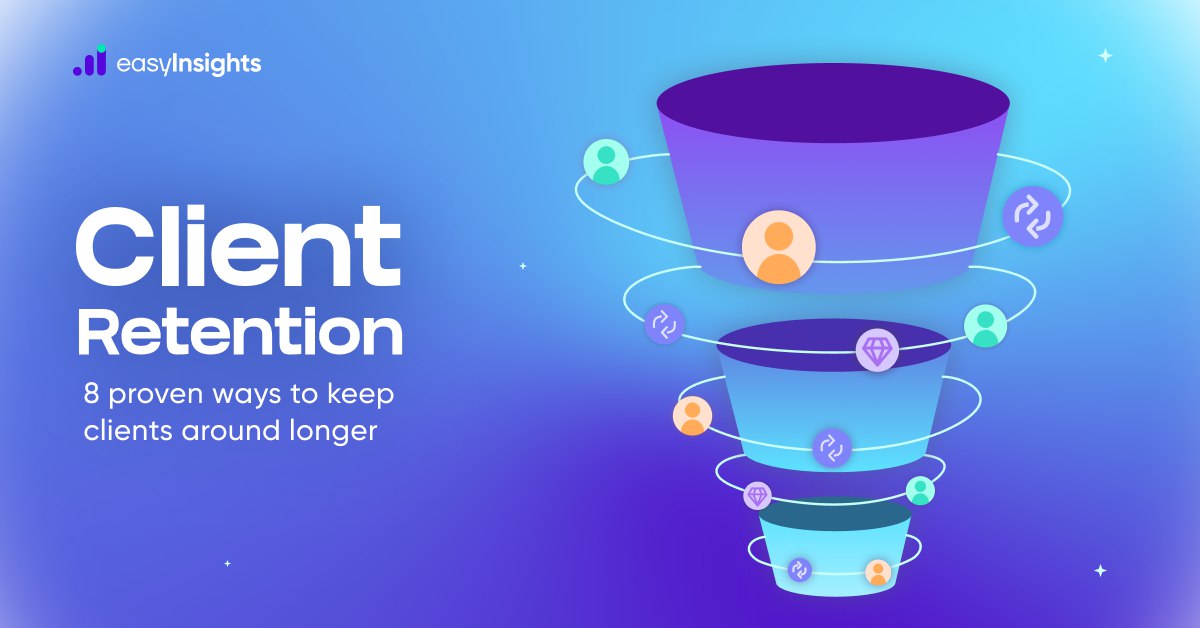
Jump ahead to:
What is Brand Awareness?
Brand awareness measures how well your target audience can recognize and understand your brand. Brands with a strong reputation are frequently described as “trending” or “popular.” Building brand awareness is important when marketing and promoting your business and products, especially in the beginning phases of a business. Brand awareness is indeed a fluid concept but for a company to succeed and to achieve its overall marketing objectives, brand awareness is crucial.
Why is Brand Awareness Important?
Brand awareness is very important for several different reasons. Let’s talk about the benefits of brand awareness for your company’s growth.
1. It Builds Trust
Brand awareness helps develop brand trust. Customers are more likely to trust you if you give your brand an actual face. Brand awareness campaigns provide your company a personality and a platform for sincerity, feedback, and storytelling. Brand trust is crucial in a world where consumers frequently conduct extensive research and consult with others before making a purchase. Consumers who become emotionally attached to your brand are more inclined to make repeat purchases with little to no planning, which fills the gap between trust and loyalty.
2. It Creates Association
Brand awareness creates an association. Consider it in this way. Instead of saying “search it on the internet,” you say “Google it.” Even when we aren’t using their particular product, it is more fun to discuss the brand. Brand awareness does this. It links certain brands’ actions and goods, subtly urging us to use their phrases in favor of generic ones. Then before you know it, our marketing is being done for us by simple means.
3. It Builds Brand Equity
Brand equity is a concept used to characterize a brand’s value based on consumer perceptions and experiences with the brand. The basis of brand equity is brand awareness. One can develop brand equity by raising awareness and persistently promoting favorable brand experiences. Positive brand equity directly results from positive experiences and perceptions; the opposite is true for negative ideas. Positivity in your brand equity can benefit you by getting:
- Higher costs as a result of increased perceived value
- The capacity to grow a firm by adding new product or service lines
- Greater societal influence because of the value of the brand name
How to Build Brand Awareness?
Building brand awareness takes time. Make a plan for your next steps. Assets should be ready before launch so they can be released more quickly than they took to prepare. It takes several months to raise awareness, so don’t expect results immediately. There are several things you can do to begin building your brand.
1. Define Your Brand
Decide what your brand represents. For instance, If your company is in the sportswear business, consider aspects like “personal growth,” “freedom and outdoors,” or “strength.” Consider the brands that you would like to be associated with. What or for whom should it stand? How your company’s brand might respond to certain social issues. Be honest when attempting to define your brand’s personality. Discover your brand language and analyze how it can benefit your brand. Remember, authenticity goes a long way.
2. Humanize Your Brand
Consider your brand to be a person. How would you present someone? by his preferences, hobbies, and other interests. Think about your brand like you would about a person: its strengths and weaknesses, capabilities and associations. These are the qualities that your brand should identify and highlight. You need to define yourself as more than a company that carries on business if you want to make an impression on your audience. How else might you describe who you are?
3. Tell a Story
Storytelling is an immensely effective marketing strategy for selling things or building your brand. It gives your audience something tangible to grasp onto. Making a story for your brand humanizes it and gives it character. People enjoy learning about one another through storytelling. Authenticity has an impact and can significantly increase brand awareness.
4. Build Your Presence
To increase brand awareness, you must establish your presence. CEOs can represent a brand, which lends credibility. However, only if they possess appeal and a little showmanship talent. Your brand’s mascot can be an animated character or an animal. Some companies, like Mcdonald’s, have mascots, whereas companies like Microsoft have a face like Bill Gates. When your brand has a face, you can say a lot more.
5. Create Shareable Content
Make it simple for your audience to share your content, regardless of your industry, what you have to offer, or your marketing techniques. These could be product pages, blog posts, videos, video animations, social media posts, or sponsored content. Whatever it is, as long as it can be shared, is acceptable. Word-of-mouth marketing is the most efficient method of building client trust and familiarity. Customers will increase your brand awareness by clicking “Share” if you make it simple for them to post about your products. Brand recognition is all about impact. It involves engaging with your audience in ways that don’t just involve money.
Increasing Brand Awareness
1. Guest Blogging
One of the finest low-effort strategies to raise brand awareness is guest blogging. Using the traffic that is already going to another website, you can increase awareness of your business while providing relevant and valuable content. Writing in your brand voice helps you come across as a person first and a business second. Publishing sponsored content on niche websites is another excellent substitute for guest blogging.
2. Native Advertising
One of the best strategies for raising brand recognition and attracting new customers is to use native advertising. Native advertisements let you target people who are already reading and engaging since they seamlessly blend into their surrounding content and borrow credibility from their host publishing sites. It’s simple to see why native ads are appealing. They have meaningful messaging, are easily adaptable, and are non-intrusive.
3. Social Media Advertising
Despite having a social media presence, you could struggle to increase your followers and engagement rates. There are platforms like Facebook, Instagram, Twitter, and Linkedin where you can run advertisements. You can target audiences based on particular habits and preferences and reach new people who might be interested in your brand by conducting brand-awareness advertisements. Advertisements also assist brands in avoiding annoying algorithms that may reduce organic reach. You can start brand-awareness initiatives on Facebook and Instagram to increase your audience reach and recall. To reach those who are most likely to convert, you can even develop “lookalike” audiences of people who are similar to your current audience.
4. Influencer Marketing
Try addressing your target audience through their favorite creators and influencers if you’re having problems connecting with them. You can launch influencer-marketing campaigns by identifying influencers in pertinent industries and contacting them with collaboration suggestions. You can offer them free things in exchange for reviews once you’ve identified the relevant influencers. You can also use influencers to create content. Influencers are aware of the kind of content that appeals to their audience. By collaborating with them, they can produce content that looks great and resonates with their devoted fan following, bringing awareness of your company from a trusted source.
5. Hire or Create a Mascot
Smaller businesses might be unable to afford this, but if you do, think about employing an actor or spokesperson to represent the business. This enables you to humanize your business, as described in the previous section, and convey the kind of helpful customer care they may expect. You do not need to employ anyone. Creating an animated mascot is an inexpensive but equally powerful way to give your brand a face. This will help increase your brand awareness and will lend your brand credibility.
Measuring Brand Awareness
How can you tell if your efforts to increase brand awareness are successful? It is difficult to assess brand awareness in the conventional sense. You can still analyze initiatives and metrics that will enable you to assess your brand’s popularity and customer awareness. Here are a few methods to gauge your brand awareness and determine where your efforts need to be adjusted:
1. Direct traffic
Direct traffic is the outcome of users going to your website on purpose after typing in your URL. Your direct traffic statistics will show how many people visit your website due to your marketing efforts. This is a crucial statistic because many consumers now find brands through social media, marketing, or by putting keywords associated with the brand or product in question.
2. Site Traffic
This figure only represents total site traffic, showing how much the online community views your content and engages with your business. This does not tell where the traffic came from.
3. Social engagement
Followers, likes, retweets, comments, and other metrics are all examples of engagement. It reflects how many people are aware of your brand and interact with it on a social level.
4. Google Search & Alerts
By doing this, you can keep up with the internet conversation surrounding your business. It will notify you of any news or press mentions from outside sources. Remember that your brand’s online presence will surpass your website as it develops.
5. Social Listening
Monitoring social media management tools for organic mentions and interaction is known as social listening. Who is using your hashtag, tagging your brand, or mentioning it in comments on other people’s posts? You can discover it with the use of these tools.
6. Surveys
Receiving direct feedback from your audience and consumers as part of this process may be beneficial for understanding not just who is aware of your brand but also what they think of it. You can make surveys public and distribute them via social media.
What’s Next?
Your brand has a reputation, much like a person, which can be destroyed in an instant and is something that is established over many years. Keep your cool and develop a long-term plan. If you engage, be thoughtful and reliable in your approach. In this post, we’ve gone over all the fundamentals you need to know to begin raising awareness of your business. You can start by adapting these strategies to your marketing plan before launching your business or product.
Get your business ready branding data at your fingertip. Request a free demo








